Often overlooked by visitors, Panaji is perhaps India’s most laidback state capital where lunches go on for hours and evenings are spent on the beach or by the riverside. There are lots of things to do in Panaji, much to see and eat too, for in this city, colonial-era buildings stand alongside modern architecture and heritage family-run restaurants rub shoulders with hipster joints. Then there’s Fontainhas, of course, whose pastel-coloured red-tiled houses and whitewashed churches are unabashedly Portuguese in look and temperament. Spend 3 days in Panaji for a taste of what this beautiful city has to offer.
PANAJI, GOA / INDIA
Panaji or Panjim, we wondered aloud minutes after disembarking from the bus that had brought us to the capital of Goa from Margao. It was the beginning of August. Rain clouds flecked the horizon. The bus station was empty except for a few bus drivers and hawkers who were prepping for the day. In the next two days over delicious curries and cans of chilled beer, we would learn that Panjim (the last ‘im’ that also appears in names of other Goan towns like Betim, Siolim, Candolim, etc. indicates a nasal ending, so the ‘m’ is never heard) is the older Portuguese name and the official name is Panaji. Locals usually pronounce it as ‘Ponnjee.’
Old Goa was one of the three principal cities in Portuguese Goa and Panjim, on the left bank of the Mandovi estuary, was originally a suburb of Old Goa. The city is laid out in a grid; the main roads run parallel with the seafront. In 1500, Yusuf Adil Shah of the Bijapur sultanate built a palace here that would later be seized by Albuquerque and renamed the Idalcao Palace. After malaria and cholera epidemics ravaged Old Goa, the Portuguese Viceroy moved to Panaji in 1759 but Old Goa continued to the de jure capital of Goa until 1843.
Panaji has since grown into a beautiful city. A wide, leafy boulevard lined by grand colonial structures stretches along the Mandovi. Anchored in the river, are Goa’s famous offshore casinos, and beyond it, on the other bank, in Verem, is the Reis Magos Fort. The city is best known for Fontainhas, a neighbourhood of brightly painted Portuguese-style residences at the foot of the Altinho hill. This is where the city’s hostels and hipsters cafes, its art galleries and heritage eateries are located. The gastronomy scene is exciting with renowned restaurants like Mum’s Kitchen, Horse Shoe, Black Sheep Bistro, and Black Market catering to discerning food lovers who come from near and far. 3 days in Panaji is perfect for covering all main Panaji attractions and activities, exploring the city, and getting a taste of the local cuisine at heritage cafes and family-run restaurants.

Booking your trip via the links on this page will earn us a small commission, at no extra cost to you. Thanks for your support – Mohana & Aninda.
Our Book List for Goa: We want to read more about the places we visit. Help us grow our book lists!
- Goa Travels by Manohar Shetty
- Goa: A Daughter’s Story by Maria Aurora Couto
- Cholta Cholta: Walking Tours of Panjim by Pritha Sardessai (we totally used this book on our explorations!)
- Mario de Miranda edited by Manohar Malgoankar showcases Mario Miranda’s excellent cartoons and illustrations.
- The Hippie Trail by Sharif Gemie and Brian Ireland
- Cozinha de Goa: History and Tradition of Goan Food by Fatima da Silva Gracias
3 Days in Panaji Itinerary: Day 1
Fontainhas and Miramar
AM // Start your 3 days in Panaji trip with a Goan breakfast at Café Real. Established in 1946 by Gajanan Shirodkar, the café is known for local favourites like puri bhaji. Get a plate of mirchi bhaji and samosas to go with it and a cup of tea to start your day.
Next stop: Church of Immaculate Conception. On the way, drop into Singbal’s Book House and pick up a book or two on Goa. A broad sweep of steps from the Largo da Igreja leads you to this 16-century church, the tall, Portuguese Baroque towers of which were originally built as a landmark for sailors. It was constructed in 1541 and enlarged in 1600 to reflect its status as the parish church of the capital. Resplendent in colours of Goan Catholicism: blue, white, and gold, the interiors are decorated with heavy chandeliers, gilded wood, and chintz. The two altars to Jesus the Crucified and Our Lady of the Rosary are flanked by marble statues of St Peter and St Paul.
Fontainhas, Goa’s Portuguese heart, is full of pastel-coloured houses featuring tiled roofs, seashell-studded windows, and overhanging balconies. Family-run restaurants, like the amazing Viva Panjim, and lovingly restored homestays, like Afonso’s and Mitaroy, all painted in bright colours, adorn the nooks and crannies of this neighbourhood. There are wishing wells and rainbow-coloured staircases, and further ahead in the Hindu neighbourhood of Mala, there’s a century-old reading room. Walking through Fontainhas is like walking in a world of Cadbury Gems: here’s a red one! here’s a yellow one! oooo, a blue one! look, there’s a purple one! For a self-guided walking tour, see our Fontainhas Walking Tour guide.
Stop by Confeitaria 31 de Janeiro, which has been treating locals to fresh bread and biscuits since 1930, for a snack: beef patties, pork rolls, pantheras, rissóis, and freshly baked cakes. Buy a packet of biscuits and a box of guava cheese to take home. There’s a store, Global to Local, on 31 de Janeiro where you can buy Goan pantry staples like kokum, triphal, and atom sola, spice mixes like recheado, traditional pickles, and local produce like bimbli. We love to explore local markets but we were short on time and this store was a wonderful alternative.
For lunch, either settle down at Viva Panjim, a family-run eatery serving delicious local fare like sorpotel and vindaloo that you can down with a shot of feni or walk to the Rua de Ourem, where at Horseshoe, Chef Vasco Silveira rustles up authentic Luso-Goan dishes like Amêijoas à Bulhão Pato (local clams cooked with white wine) and Balchão de Camarão (prawns cooked in a shrimp and coconut feni sauce) for a loyal clientele.
Also read: Planning your next meal in Panaji? Read Where to Eat in Panaji for our favourite eateries in the city.



PM // Ride the local bus to Miramar Beach and settle down with locals and tourists to see the gorgeous sunset. Miramar Beach isn’t as pristine as other Goan beaches but it’s a nice break from the hustle and bustle of Panaji. Get a beach towel, settle down on the warm sands with some groundnuts, and watch as the sky breaks into shades of crimson. Hang out in the twilight, watching the moon climb the skies.
Later, settle down for dinner at Mum’s Kitchen. Voted one of India’s best restaurants, Mum’s Kitchen specializes in Goan Saraswat cuisine. Try regional specialities like the xagoti, khatkhatem, uddamethi, and ambotik and finish off with a slice of bebinca topped with ice cream.
If the night’s still too young for you, drop into Joseph Bar for a tipple!


3 Days in Panaji Itinerary: Day 2
Mahalaxmi Temple, Altinho, Mandovi River Boulevard
AM // Start your day at the Mahalaxmi Temple. Built in 1818, the Mahalaxmi Temple was the first Hindu place of worship to be allowed in the Old Conquests. The idol of Goddess Mahalaxmi was initially worshipped in a temple in Taleigaon but the Brahmins, afraid of being persecuted, brought the idol to Mala from where Raghavendra Mhamei Kamat transported it under the cover of night to Bicholim. Years later, the Goddess appeared in a dream to another member of the influential Mhamei Kamat family who located the idol and with permission from the viceroy, Conde De Rio Pardo, established it in a temple built on land donated by the Sinari family of Ribandar.
Stop by the 300-year-old Boca de Vaca spring, so called because the water gushed out from the fountain through a conduit shaped like a cow’s mouth before heading up the heritage steps to the Bishop’s Palace in Altinho. There are six landings and from the top, you can enjoy lovely views of Panaji and the Mandovi river. At the top of the staircase is the Sunaparanta Café at the Goa Museum of Arts. Stop by for a quick breakfast, then explore the museum (and check if there are any events scheduled during your stay) before heading towards Bishop’s Palace, a 19th-century building which is the residence of the Archbishop of Goa. The magnificent coat and arms at the entrance belong to Goa’s first patriarch, Dom Antonio Sebastiao Valente. Linger awhile in their leafy neighbourhood, marvelling at the handsome mansions before heading down either the same flight of stairs that you took earlier or, if you want to head into Fontainhas again, down the colourful “Peacock” stairs near the Goa Bench of the Bombay High Court.
For lunch, head to Kokni Canteen where you must order the fish thali. If you are feeling special, order the “bappa” thali that comes loaded with crab curry, prawn curry, mussels, and fried fish. Kokni Canteen specializes in coastal Konkani cuisine and serves some of the best seafood in Goa. From kismur to clams sukha, from mackerel curry to rawa-fried surmai, order your heart away!
Also read: How about spending a weekend in Pune? Read our guide to 2 days in Pune.


PM // You have two options tonight!
Option 1: In the evening, ride the bus to Our Lady of Penha de Franca Church. Then, settle down for a cosy dinner at the Black Market, one of our favourite restaurants in India.
Located at the confluence of the Mandovi and the Mapusa rivers and overlooking the island of Chorao, this grand church was originally built in 1626 and rebuilt in 1655. It is usually empty unless there’s a wedding or any other event going on. When we visited, there were a few local boys fishing. Otherwise, we had the place to ourselves. From a distance, the church looks ethereal: the red-tiled roof, the white façade popping out from a sea of lush vegetation. The silence, the solitary fishing boats, the tropical greenery of the riverbanks, the cool breeze skimming the slow waters of the Mandovi, and the sky shot with the crimson of sunset make for a magnificent setting.
For dinner, settle down at Black Market, the sister-restaurant of our beloved Black Sheep Bistro. Indulge in their superb cocktails and European-inspired fare cooked with only the seasonal, locally available ingredients.


Option 2: Stroll down the riverside boulevard towards Tobacco Square, or Post Office Square, which is flanked by Casa de Moeda (literally ‘house of coins’) that functioned as the Mint of Goa from 1834 to 1841, the red and white buildings of the General Post Office, and the São Tomé chapel which was built in 1849 and renovated in 1902. The post office building started off as a depot for trading tobacco thus giving the square its name! On the way, stop by the statue of Abbe Faria, one of the pioneers of the scientific study of hypnotism, hypnotizing a woman. Across is the street is the Mhamei Kamat House, a beautiful residence that is open to the public on Ananth Chaturdashi. You can also walk to the Mermaid Garden which is known for a 5 ft long porcelain statue of a mermaid (probably installed sometime between 1939 and 1945 when Froilano de Melo was the president of the Camara municipal de Pangim) that was painfully restored by filmmaker, Shirish Desai and sculptor, Ghanshyam Anant Chari.
Anchored on the river are cruise ships with casinos on their decks. The offshore casinos were a way to bypass Indian laws that forbade gambling on Indian land but had no regulation as such about Indian waters. The laws have since changed but the offshore casinos continue to be one of Panaji’s prime attractions and bring in a lot of revenue for the state. If you are into gambling, give it a go. Else, opt for a dinner cruise on the Mandovi. Most of them include live cultural performances with local musicians belting out popular hits and dance troupes presenting Goan dances.
Book your stay in Panaji
3 Days in Panaji Itinerary: Day 3
Old Goa
AM // After an early breakfast of puri bhaji at Café Bhonsle or at Café Tato, ride the local bus to old Goa. Goa Velha, or Old Goa, was the Portuguese capital in the east until malaria and cholera outbreaks forced them to abandon the city in the 17th century. In 1843, the capital was officially shifted to Panaji. Imposing churches and convents, some in ruins, others relatively well-preserved dot old Goa.
Start at Basilica de Bom Jesus which contains the tomb and mortal remains of St Francis Xavier. According to Lonely Planet, “The body was moved into the church in 1622, and installed in its current mausoleum in 1698 courtesy of the last of the Medicis, Cosimo III, Grand Duke of Tuscany, in exchange for the pillow on which St Francis’ head had been resting. Cosimo engaged the Florentine sculptor Giovanni Batista Foggini to work on the three-tiered structure, constructed of jasper and marble, flanked with stars, and adorned with bronze plaques that depict scenes from the saint’s life. Topping it all off, and holding the shrivelled saint himself, is the casket, designed by Italian Jesuit Marcelo Mastrili and constructed by local silversmiths in 1659, whose sides were originally encrusted with precious stones which, over the centuries, have been picked off.”
Next, visit the Sé Cathedral, the largest church in Asia. The exterior, built in the Tuscan tradition, is solemn in its simplicity. Inside, there are four chapels, of which the Chapel of the Blessed Sacrament is notable for its gilded ornamentation. Sé Cathedral is also known for the famous Sino de Ouro (Golden Bell), the largest in Asia. Renowned for its rich tone, it once tolled to accompany the Inquisition’s notoriously cruel autos-da-fé (trials of faith), held out the front of the cathedral on what was then the market square.
Next, visit the Church of St Francis of Assisi to see its beautiful woodwork and gilded walls and ceilings. From there, walk to the Church of St. Cajetan which was modelled on the original design of St Peter’s in Rome and the Archaeological Museum.
Then, visit the holy hill, at the top of which stands the only remaining tower of the Church of St. Augustine. Built in 1602 by Augustinian friars, one of the three great Augustinian churches in the Iberian world. It was abandoned in 1835 and by 1938, most of the church had collapsed. Standing on a high bluff and commanding excellent views of the Mandovi is the Manueline-style Church of Our Lady of the Rosary, one of Goa’s oldest churches and one of its best preserved. According to legends, Afonso de Albuquerque surveyed the action during his troops’ attack on the Muslim city from this bluff and vowed to build a church there in thanks for his victory. Nearby is the Church and Convent of St Monica, which houses the nuns of the Mater Dei Institute.
Take the bus back to Panaji for a lazy lunch at Hospedaria Venite. The charming eatery with its cute balconies overhanging the street is housed in a Portuguese-style building and serves fresh seafood, cooked in the local style. If you are craving meat, try their pepper steak or order a sizzler.
PM // Bid goodbye to Panaji over the scrumptious fish curry thali at the Ritz Classic. Loved by locals and tourists alike, the thali at Ritz comes loaded with kismur, clam curry, fish ambotik, sol kadi, a vegetable dish, Goan prawn curry, and rawa-fried fish. And if that doesn’t fill your belly up, order a plate of fish recheado and prawns balchão on the side!
Sadly, we have misplaced all our photos from this day.
Best Guided Old Goa Tour


Other Things to Do In Panaji
Visit the Adil Shah Palace
The palace of Yusuf Adil Shah of the Bijapur sultanate fell to Portuguese invaders in 1510. Today it is Goa’s oldest colonial-era building and houses the state secretariat. The 55 cannons and the surrounding saltwater moat are gone and the original design has been altered vastly by the Portuguese.
Explore the library at Institute de Menezes Braganza
A blue tile frieze hand-painted by Jorge Colaco in 1935 leads you inside the central library and public rooms of what was previously the Instituto Vasco da Gama (est. 1871). The library has a rare collection of religious texts but if that doesn’t interest you, explore the art gallery upstairs that displays paintings by European and Goan artists.
Offer your prayers at St. Inez Church
The twin-towered church is designed in the Mannerist Neo-Roman style of architecture. Originally a chapel built in 1584, it was rebuilt in 1605 and in 1606 it was raised to the status of a parish church. The present structure was built in 1653. The feast of Our Lady of Ports is celebrated here.
Visit Dona Paula
At Dona Paula, visit the chapel (open on Sundays for Morning Mass).
How to Reach Panaji
The Dabolim Airport, Goa’s only international airport, connects it to the rest of the country. From the airport, you can either book a taxi or hop into a Kadamba Transport bus to Panaji for INR 100.
The Vasco da Gama railway station is the nearest long-distance railway terminus. From the station, you can either book a taxi or hop into a Kadamba Transport bus to Panaji. The bus stop is a little distance from the station.
Overnight sleeper buses connect Panaji to Hyderabad, Bangalore, Pune, Mumbai, and other cities in the neighbouring states.
Have you been to Panaji? How did you like our 3 days in Panaji itinerary? What are your favourite things to do in Panaji?
Like it? Pin it!


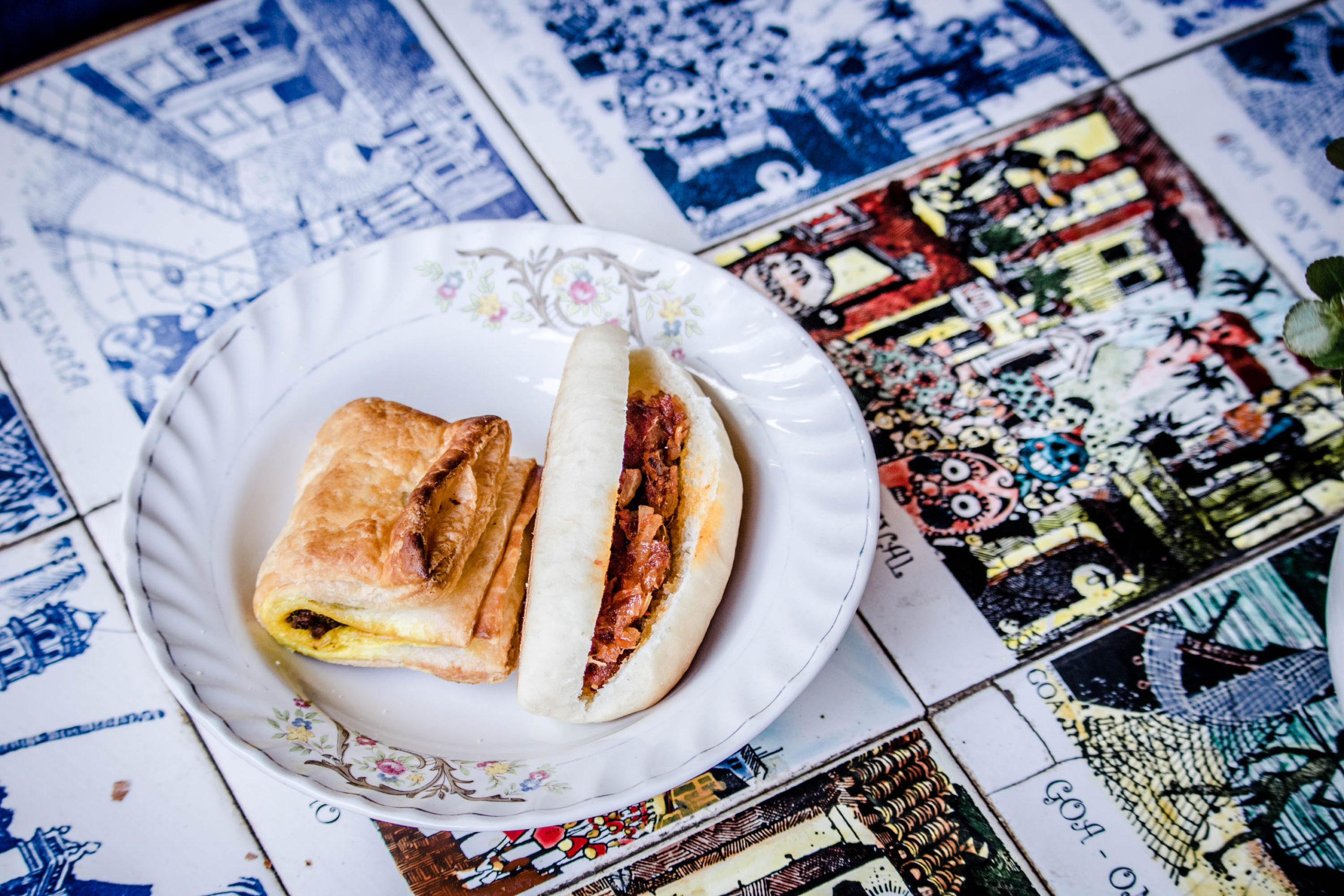
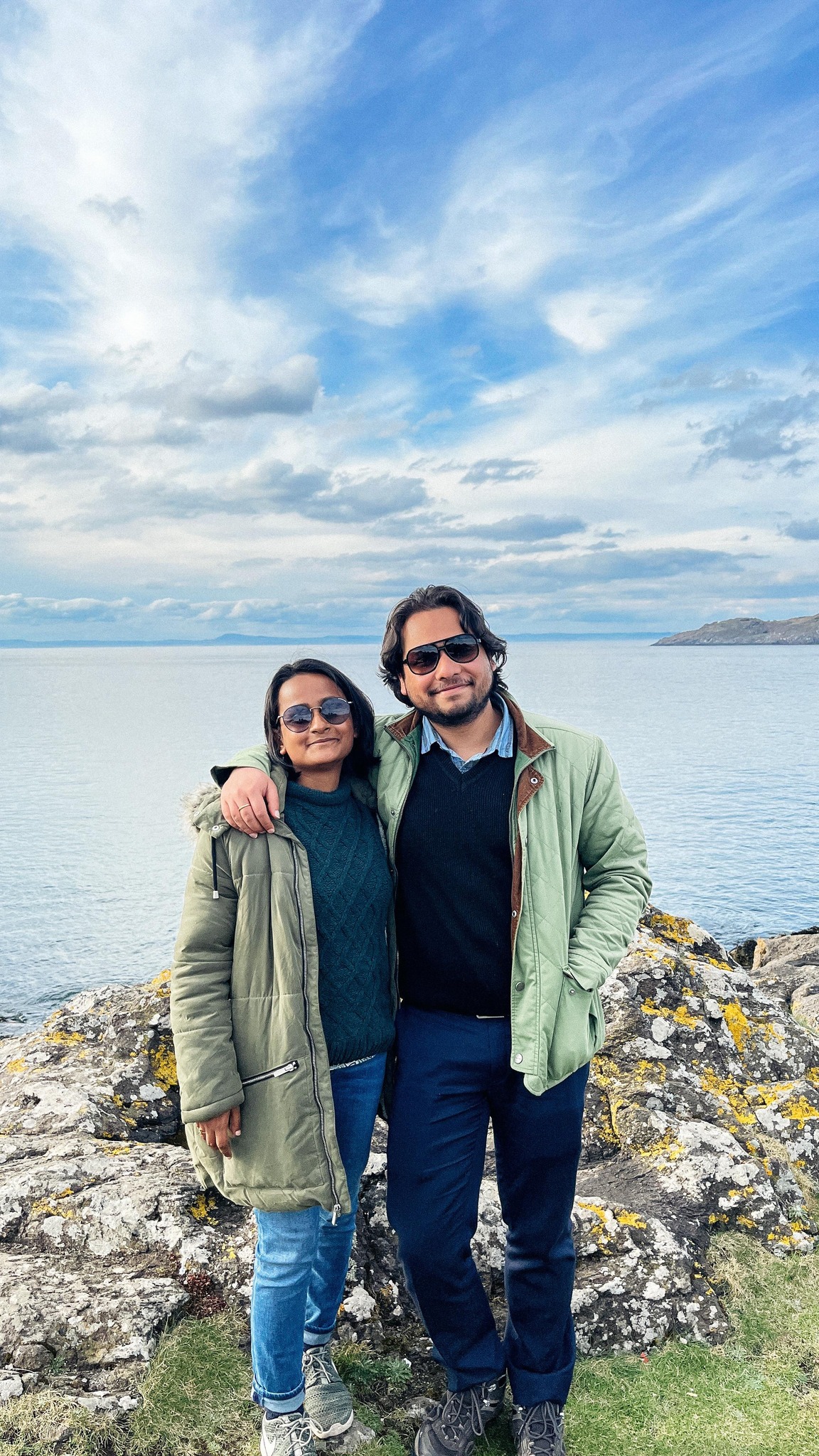
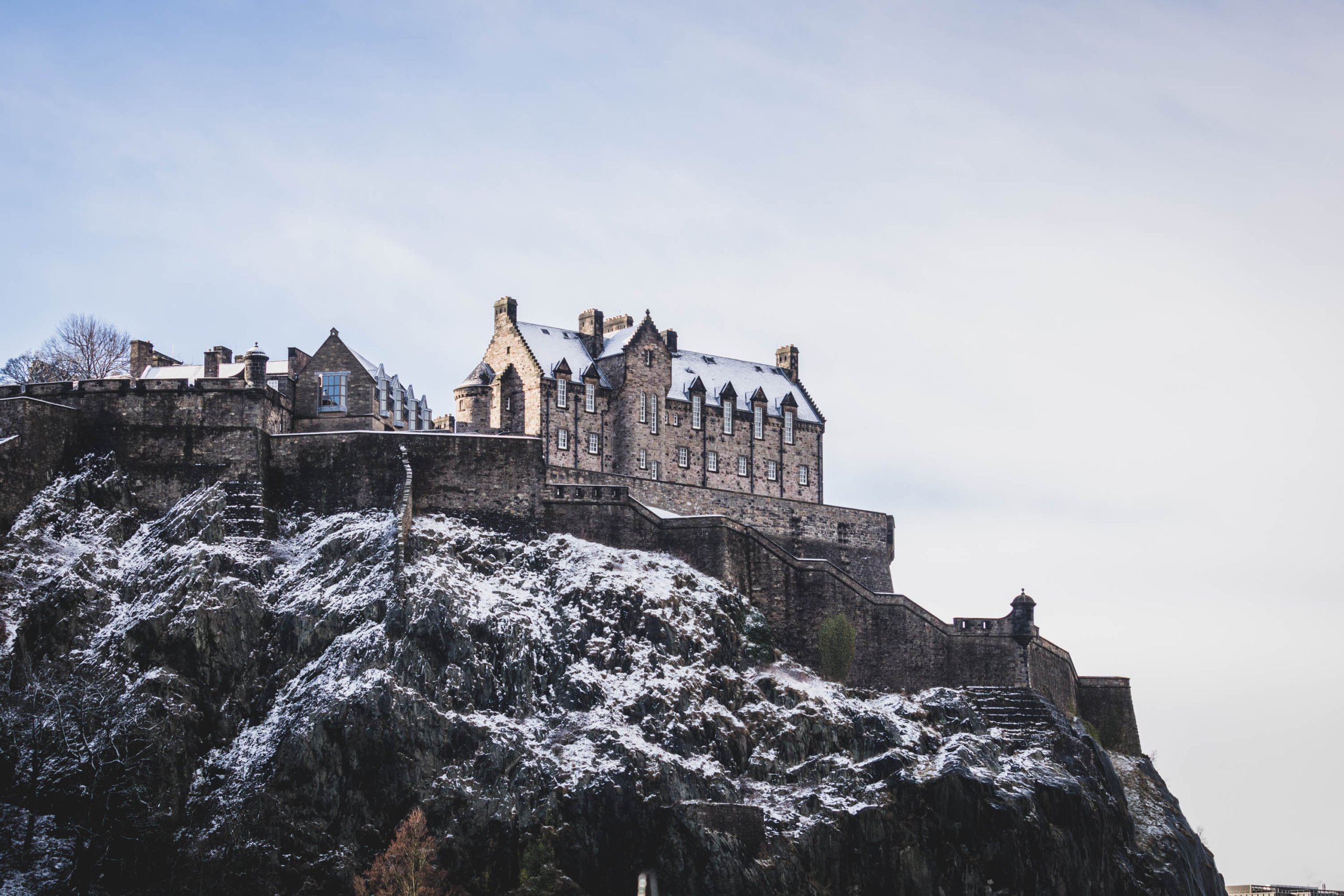
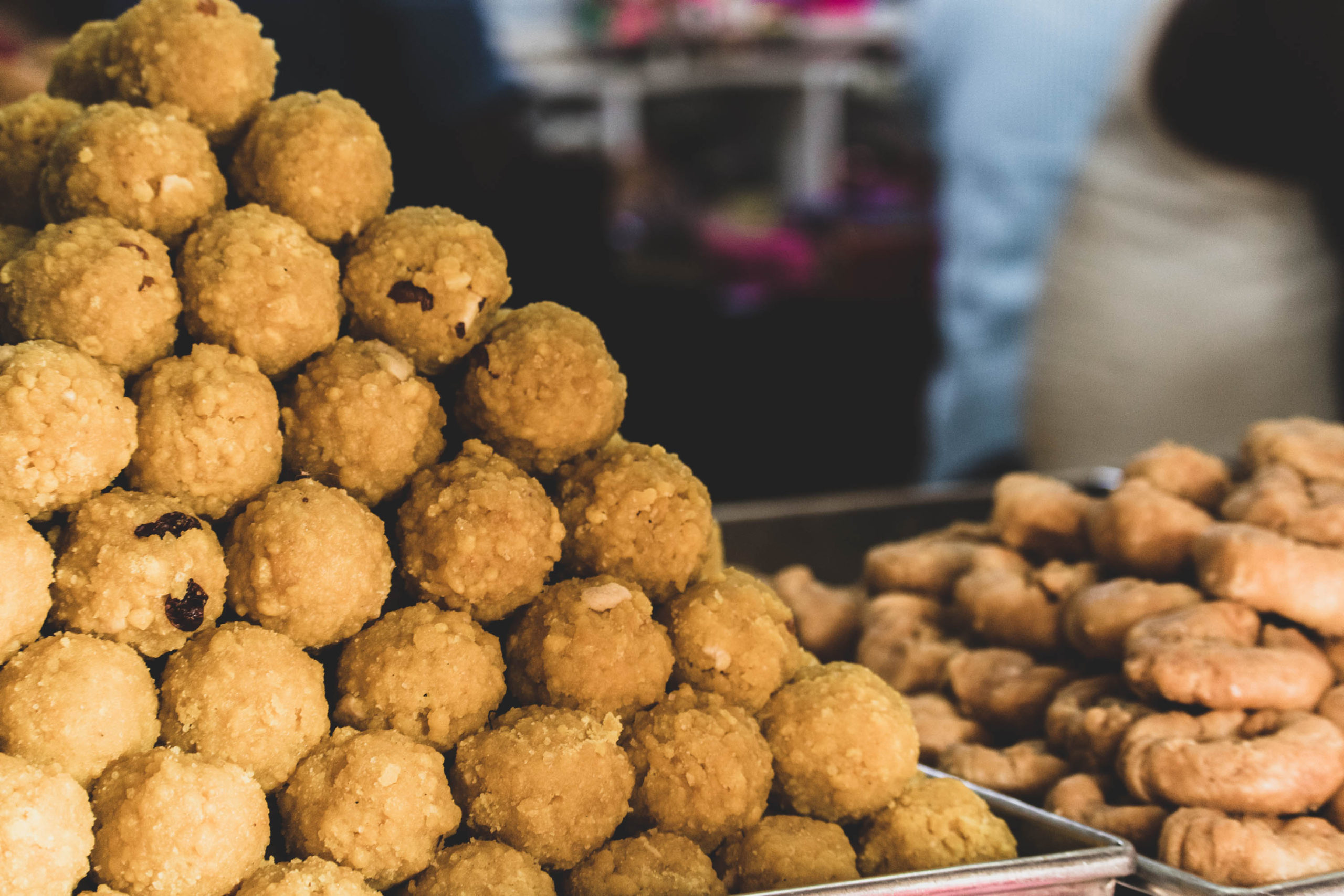
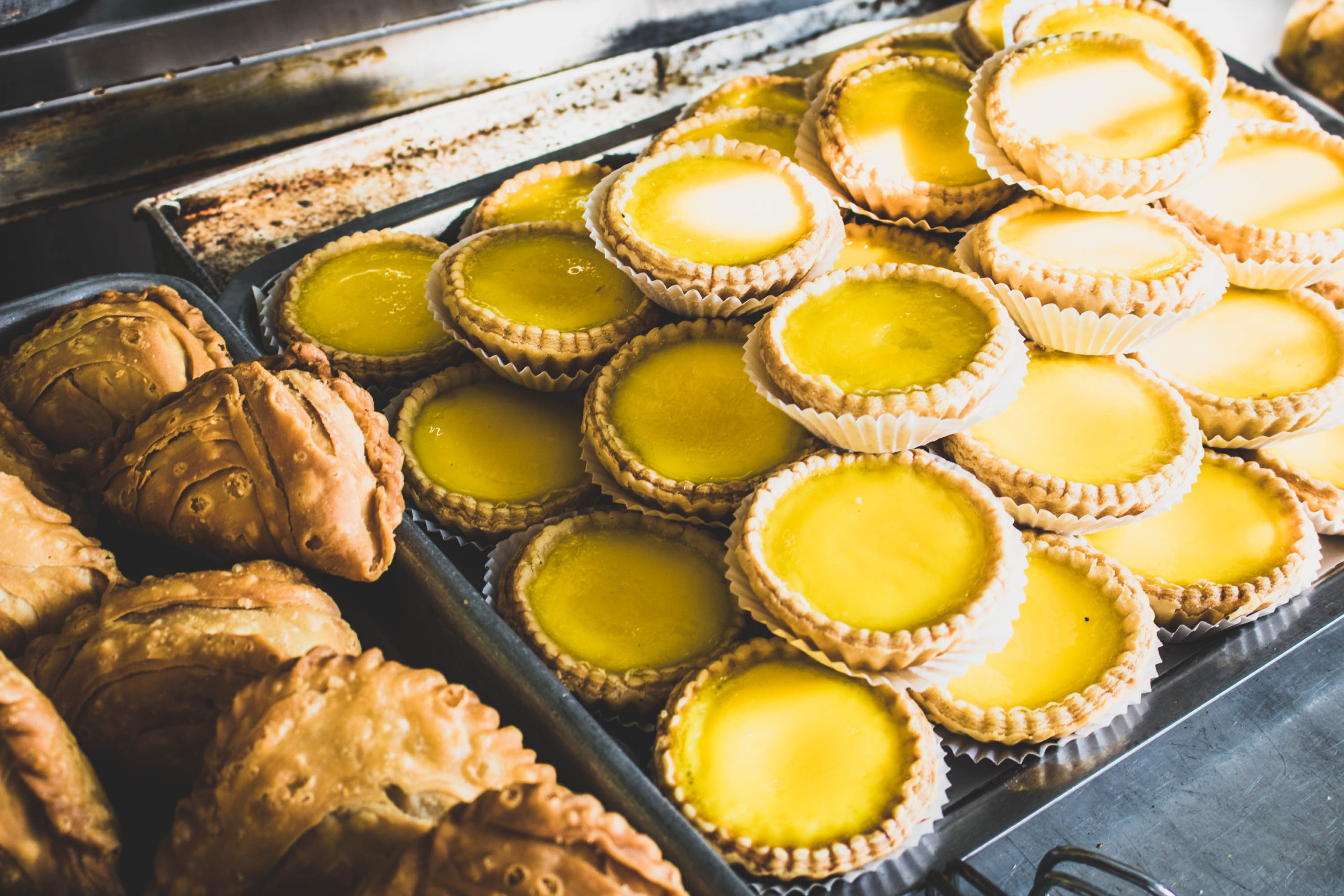
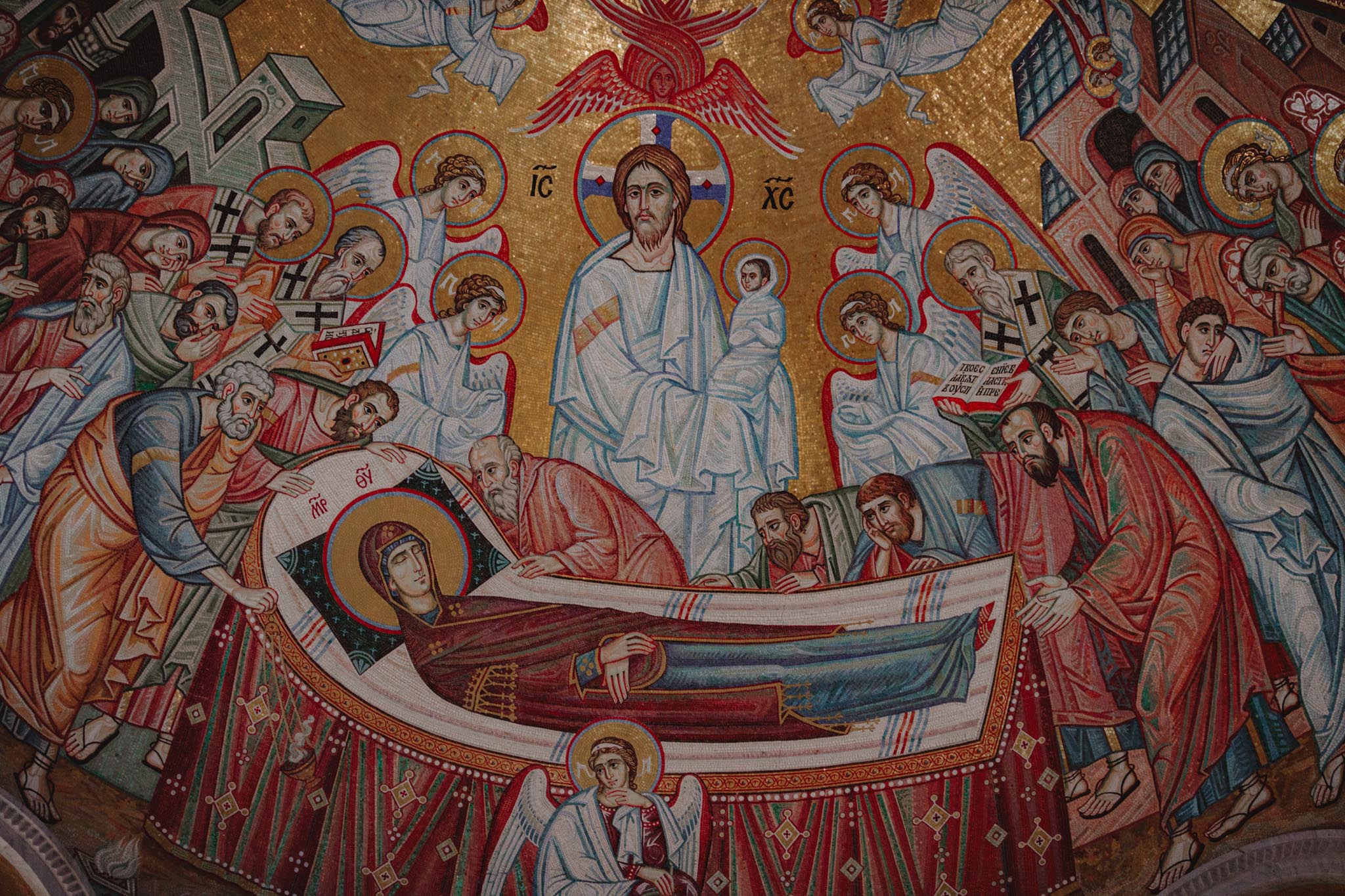
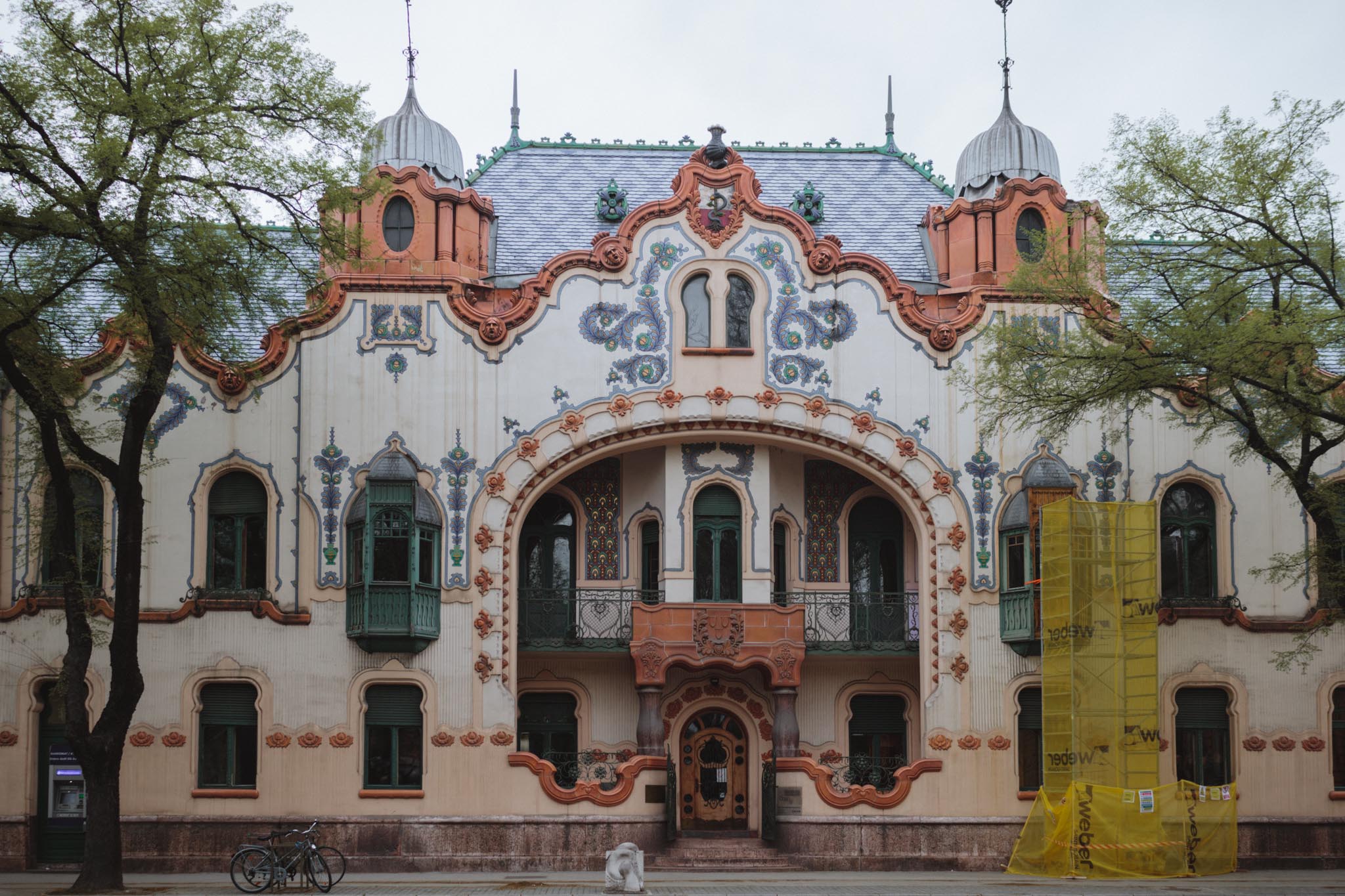

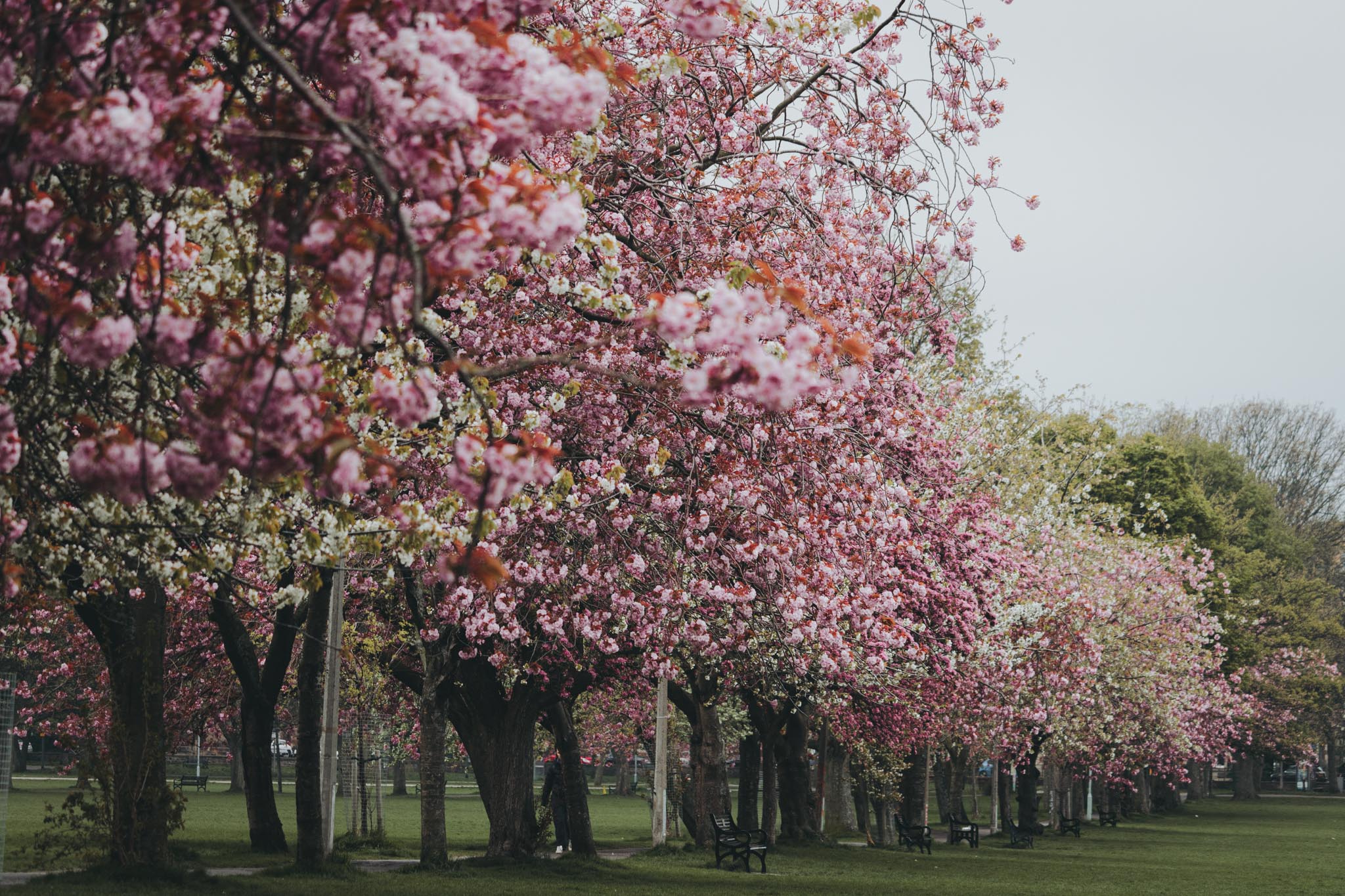
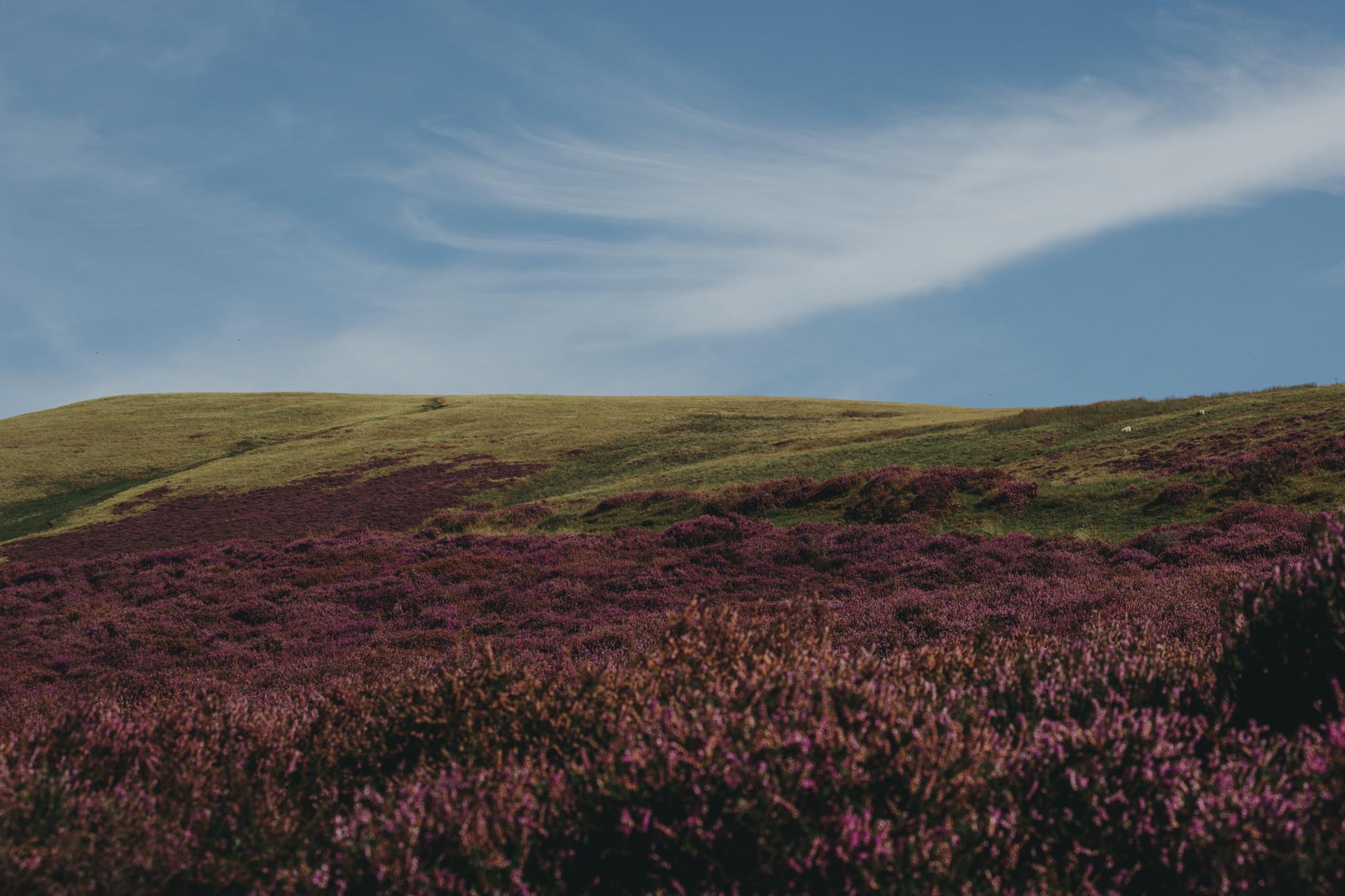
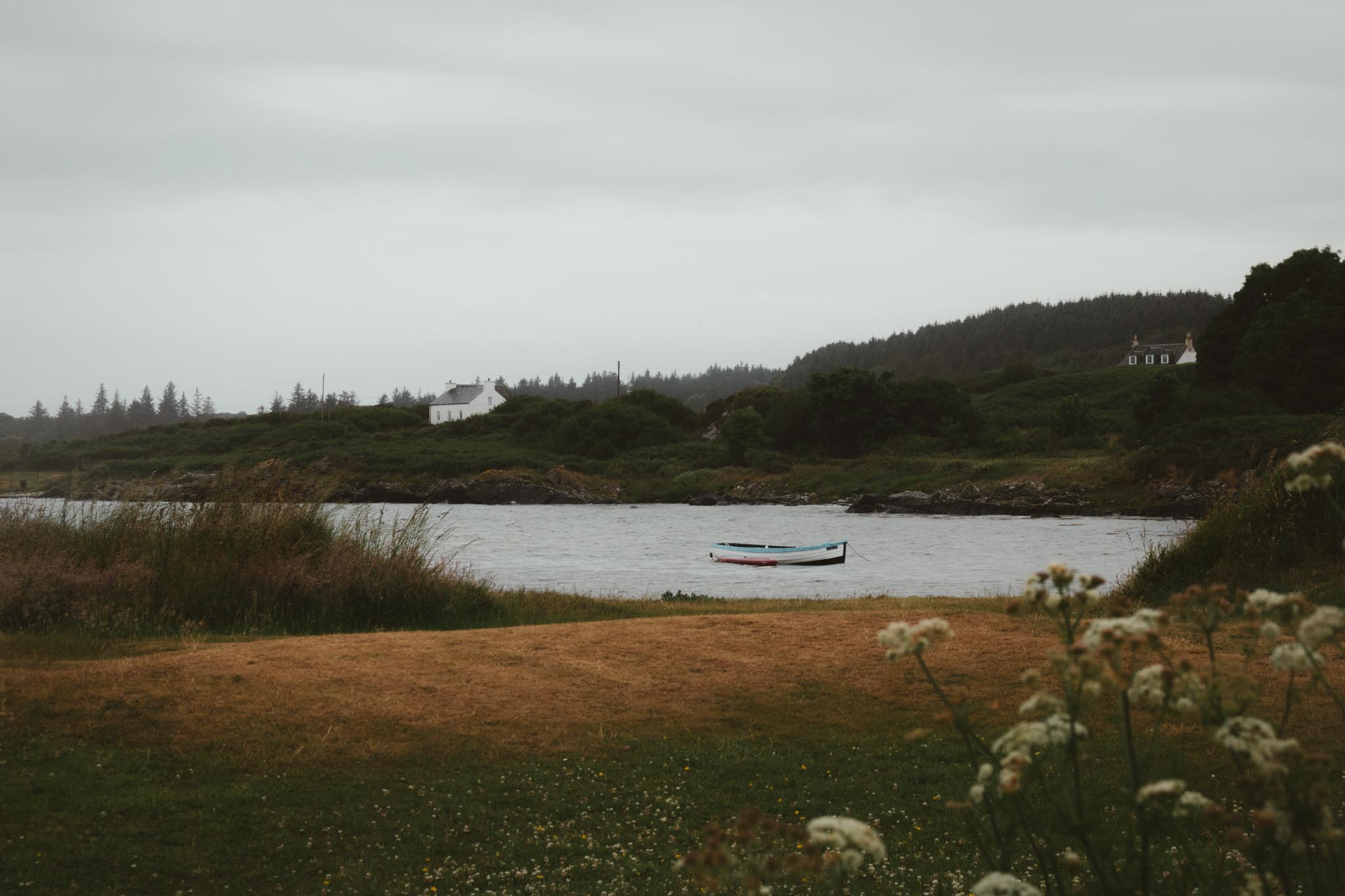
Leave a Reply